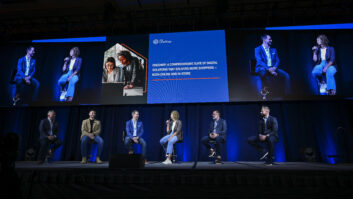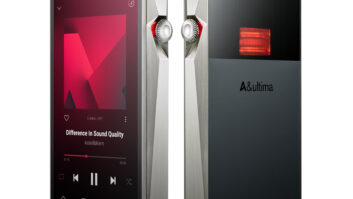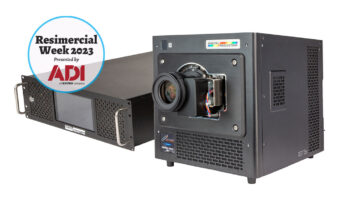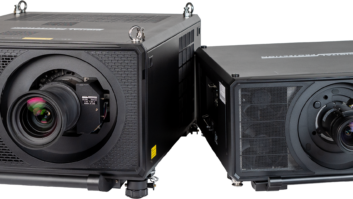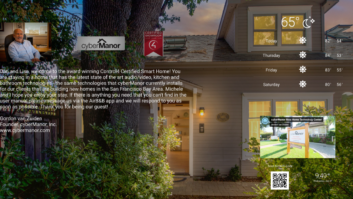As one of the largest Zoos in North America, the Toronto Zoo relies on dependable and high-performance technology products to inform more than 1.3 million yearly guests. Newly mounted at the park’s admission gates four months ago, SunBriteDS’s Marquee Series outdoor television displays are not only fully functional in all weather conditions, but also serve in the Zoo’s mission of energy efficiency, while doubling as a source of advertising.

Newly mounted at the park’s admission gates four months ago, SunBriteDS’s Marquee Series outdoor television displays are not only fully functional in all weather conditions, but also serve in the Zoo’s mission of energy efficiency, while doubling as a source of advertising.
The 710-acre home to more than 5,000 animals, representing over 450 species, the Toronto Zoo requires more than 11,000,000 kWh of yearly electricity for its operations in the beautiful Rouge Valley. To demonstrate environmental leadership, the Zoo is committed to lowering its carbon footprint and employs many different alternative energy sources, including solar power, geo-thermal heating, solar thermal water heating, green roof technology, and energy efficient equipment.
“SunBriteDS displays would not be a part of our facility without fulfilling each of our needs, especially our green energy initiatives,” said Charles Duncan, the Toronto Zoo’s manager of computer and telecom services. Duncan, who oversees nearly all the Zoo’s technology, first installed SunBriteDS displays seven years ago. “As soon as our digital signage software stops transmitting a VGA signal when the park closes, the Marquee Series models are automatically powered off and then on again when the park opens the next morning thanks to the automatic Power Save feature.”
Duncan needed displays that not only adhered to the Zoo’s energy policies, but displays that can withstand the naturally severe conditions that are routine for outdoor facilities in Canada. The four SunBriteDS DS-5507ESTL-BL 55” digital signage displays installed at the Zoo are fully functional in extreme temperatures spanning -40° to 122° Fahrenheit due to automated internal cooling and temperature regulation systems. The exterior cabinet, manufactured from durable powder-coated aluminum, includes gasketing and filtration systems to keep out all forms of moisture and prevents insect and spider entry, a significant threat at a Zoo.
“Spider silk is extremely conductive and can cause arcing across internal electronics,” said Jonathan Johnson, director of brand marketing, SunBriteDS. “SunBriteDS’s Watertight Cable Entry and filtration systems guarantee that no unintended foreign objects or organisms tamper with the interior.”
The DS-5507ESTL features bright 2,000-NIT high-heat tolerant LED panels, resulting in an image that is direct sunlight-readable in any time of day or night, all year round. Other panels are unable to protect the LCD crystals from direct sunlight, which can cause temporary dark spotting on screen, an occurrence known as isotropic blackout. The Toronto Zoo’s previous outdoor displays, which suffered from this problem, required awnings and extra accessories for consistent performance.
“Beyond providing guests with crucial information such as various daily events and special exhibits, our displays give us the ability to advertise our sponsors and partners,” said Duncan. “Now our displays are fully readable throughout the day.”
The Marquee Series models deliver this information with custom Technovision media players, an installation process that Duncan described as “a breeze.” The displays run a Full-HD image at a 1920 x 1080p resolution.
“We’ve replaced several competitor models with SunBriteDS displays over the years,” said Duncan. “They’ve been reliable throughout and a great success in achieving our energy needs.”
